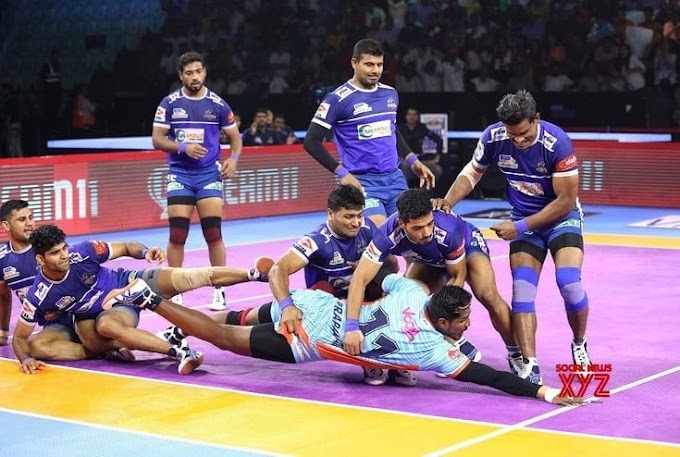The Simple Present Tense is used to describe habitual actions, routines, general truths, and facts. It is formed using the base verb for most subjects, while an 's' or 'es' is added to the verb for third-person singular subjects (he, she, it).
🔮 I cut vegetables.मी भाज्या कापतो/कापते.
1. Subject: I refers to the person performing the action.
2. Verb: cut is the base form of the verb. No changes are needed because the subject is I.
3. Object: vegetables is the thing being acted upon (cutting).
4. Rule: For first-person singular (I), use the base verb form without 's' or 'es'.
🔮 She washes the dishes.
ती भांडी धुते.
1. Subject: She refers to a third person singular.
2. Verb: washes adds 'es' because the subject is third person singular.
3. Object: the dishes is the thing being washed.
4. Rule: Add 's' or 'es' to the verb if the subject is third person singular.
3. They prepare breakfast every day.
ते दररोज नाश्ता तयार करतात.
1. Subject: They refers to a plural subject.
2. Verb: prepare is the base verb form because the subject is plural.
3. Object: breakfast is what is being prepared.
4. Time Expression: every day indicates a regular habit.
5. Rule: For plural subjects, use the base form of the verb.
🔮 He boils water for tea.
तो चहासाठी पाणी उकळतो.
1. Subject: He refers to a third person singular.
2. Verb: boils adds 's' because the subject is third person singular.
3. Object: water for tea refers to the thing being boiled and its purpose.
4. Rule: Add 's' or 'es' to the verb if the subject is third person singular.
🔮 We clean the kitchen after cooking.
आम्ही स्वयंपाक झाल्यावर स्वयंपाकघर साफ करतो.
1. Subject: We refers to a plural subject.
2. Verb: clean is the base form because the subject is plural.
3. Object: the kitchen is what is being cleaned, and after cooking provides additional context.
4. Rule: For plural subjects, use the base form of the verb.
🔮 Mother bakes cakes on Sundays.
आई रविवारी केक बेक करते.
1. Subject: Mother refers to a third person singular.
2. Verb: bakes adds 's' because the subject is third person singular.
3. Object: cakes on Sundays refers to what is baked and when.
4. Time Expression: on Sundays shows a habitual action.
5. Rule: Add 's' or 'es' to the verb if the subject is third person singular.
🔮 Do you add salt to the curry?
तू भाजीत मीठ घालतोस का?
1. Helping Verb: Do is used to form a question in Simple Present Tense.
2. Subject: You refers to the person being asked.
3. Verb: add is the base form because do is used in the question.
4. Object: salt to the curry is what is being asked about.
5. Question Formation Rule: Use do + base verb for forming questions in Simple Present Tense.
🔮 She chops onions quickly. ती झटपट कांदे चिरते.
1. Subject: She refers to a third person singular.
2. Verb: chops adds 's' because the subject is third person singular.
3. Object: onions refers to what is being chopped.
4. Adverb: quickly describes how the action is performed.
5. Rule: Add 's' or 'es' to the verb if the subject is third person singular.






0 Comments